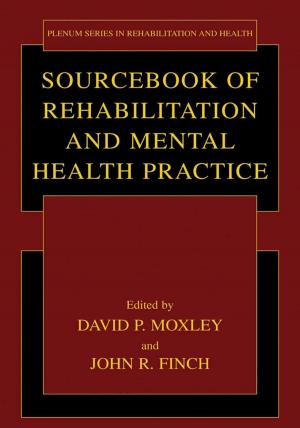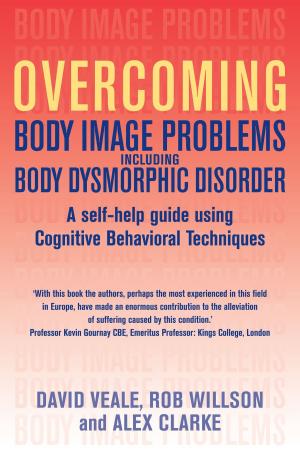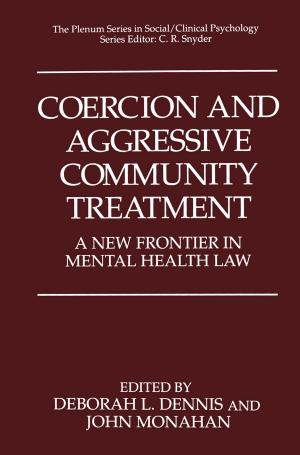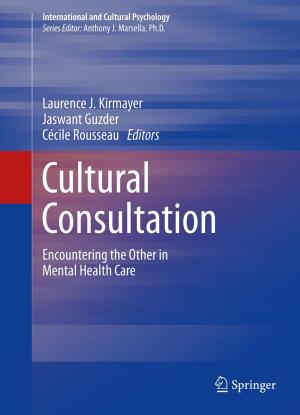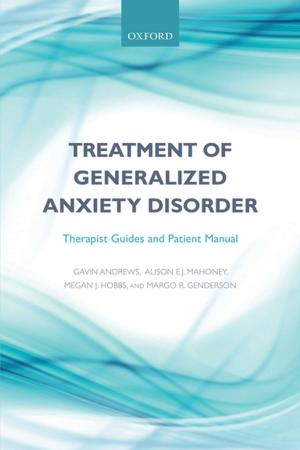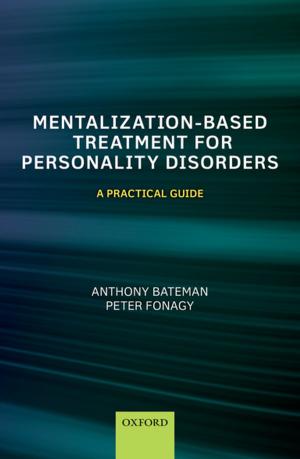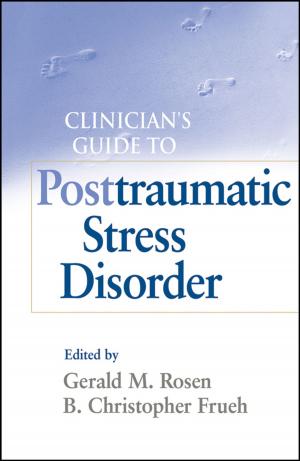How Do I Help HIm? A Practitioner's Guide To Working With Boys and Men in Therapeutic Settings
Nonfiction, Health & Well Being, Psychology, Clinical Psychology| Author: | Michael Gurian | ISBN: | 9780983995920 |
| Publisher: | Michael Gurian | Publication: | September 7, 2011 |
| Imprint: | Smashwords Edition | Language: | English |
| Author: | Michael Gurian |
| ISBN: | 9780983995920 |
| Publisher: | Michael Gurian |
| Publication: | September 7, 2011 |
| Imprint: | Smashwords Edition |
| Language: | English |
Males are struggling throughout our culture—experiencing trauma, violence, unemployment, school failure, under-motivation, and in many cases, destitution. Males are also underserved in the helping professions. Boys and men often feel that therapists and mental health professionals are not as well informed or educated in what males need as they could be.
When we sit back and think about this, the view of many males makes good sense. Our offices, clinics, and schools are often set up for sitting quietly in a chair, rather than for physical movement, hands-on learning, thematic therapy, and other male-healthy strategies. And to make matters more murky, our professional dialogue in workshops and trainings often veers away from what boys and men need for fear of focusing on males to the detriment of females.
Transformation in clinical practice comes from both new thinking and new “doing”. HOW DO I HELP HIM? helps transform theory and practice to include a deep understanding of male development in therapy, health care, and human services. The book is gender equal and female positive. It includes new logic models and practical tools and strategies that will transform your private practice, office, agency, residential treatment facility, or other mental health care environment. These new models and tools do not replace present psychological theories, but instead blend with prevailing psychological theories to help ensure their effectiveness with boys and men.
Throughout the book, readers also learn new ways to look at girls and women’s lives, couples’ communication, and marriage and family issues. The lives of boys and girls and women and men are inextricably linked, and ever more so as our culture evolves. To take better care of boys and men is to help girls and women flourish, as well.
----- REVIEWS -----
“In his insightful and practical new guide, HOW DO I HELP HIM?, Michael Gurian, explains why so many men and boys dislike traditional counseling. He argues persuasively that males may resist open-ended discussions of their “feelings,” but they are hungry for mentoring and eager to talk about their core issues of manhood and motivation. This guide is filled with many helpful examples for engaging the male brain. I recommend this book for any therapist who has ever been frustrated in their attempts to reach a men and boys---and that’s all of us!
— Michael Thompson, Ph.D., author of “IT’S A BOY!: YOUR SON”S DEVELOPMENT FROM BIRTH TO EIGHTEEN, and writer/producer of the PBS special RAISING CAIN: PROTECTING THE EMOTIONAL LIVES OF BOYS.
-----
In HOW DO I HELP HIM?, Michael Gurian captures eloquently why talk therapy is so often ineffective for males. Gurian's understanding of boys and men and his wisdom regarding how to alter our approaches can, and hopefully will, change the therapy landscape exponentially in the direction of being meaningful and effective. I highly recommend this book to everyone in the helping professions.
— JoAnn Deak, Ph.D., Author of GIRLS WILL BE GIRLS and HOW GIRLS THRIVE.
-----
“In HOW DO I HELP HIM?, Michael Gurian combines brain science, counseling theory, and case study into a readable and informative synthesis that is valuable for those seeking to address the needs of men and boys in therapeutic settings. Amidst all the rhetoric surrounding the “boys’ crisis” today, Gurian provides a clear voice of reason that clarifies the problems and offers plausible solutions. His writing style, as always, is crisp and compelling. This book makes a valuable contribution to the ongoing discourse surrounding the issues that he presents.”
— Frances R. Spielhagen, Ph.D., Director, Center for Adolescent Research and Development, Mount Saint Mary College, Newburgh, New York.
Males are struggling throughout our culture—experiencing trauma, violence, unemployment, school failure, under-motivation, and in many cases, destitution. Males are also underserved in the helping professions. Boys and men often feel that therapists and mental health professionals are not as well informed or educated in what males need as they could be.
When we sit back and think about this, the view of many males makes good sense. Our offices, clinics, and schools are often set up for sitting quietly in a chair, rather than for physical movement, hands-on learning, thematic therapy, and other male-healthy strategies. And to make matters more murky, our professional dialogue in workshops and trainings often veers away from what boys and men need for fear of focusing on males to the detriment of females.
Transformation in clinical practice comes from both new thinking and new “doing”. HOW DO I HELP HIM? helps transform theory and practice to include a deep understanding of male development in therapy, health care, and human services. The book is gender equal and female positive. It includes new logic models and practical tools and strategies that will transform your private practice, office, agency, residential treatment facility, or other mental health care environment. These new models and tools do not replace present psychological theories, but instead blend with prevailing psychological theories to help ensure their effectiveness with boys and men.
Throughout the book, readers also learn new ways to look at girls and women’s lives, couples’ communication, and marriage and family issues. The lives of boys and girls and women and men are inextricably linked, and ever more so as our culture evolves. To take better care of boys and men is to help girls and women flourish, as well.
----- REVIEWS -----
“In his insightful and practical new guide, HOW DO I HELP HIM?, Michael Gurian, explains why so many men and boys dislike traditional counseling. He argues persuasively that males may resist open-ended discussions of their “feelings,” but they are hungry for mentoring and eager to talk about their core issues of manhood and motivation. This guide is filled with many helpful examples for engaging the male brain. I recommend this book for any therapist who has ever been frustrated in their attempts to reach a men and boys---and that’s all of us!
— Michael Thompson, Ph.D., author of “IT’S A BOY!: YOUR SON”S DEVELOPMENT FROM BIRTH TO EIGHTEEN, and writer/producer of the PBS special RAISING CAIN: PROTECTING THE EMOTIONAL LIVES OF BOYS.
-----
In HOW DO I HELP HIM?, Michael Gurian captures eloquently why talk therapy is so often ineffective for males. Gurian's understanding of boys and men and his wisdom regarding how to alter our approaches can, and hopefully will, change the therapy landscape exponentially in the direction of being meaningful and effective. I highly recommend this book to everyone in the helping professions.
— JoAnn Deak, Ph.D., Author of GIRLS WILL BE GIRLS and HOW GIRLS THRIVE.
-----
“In HOW DO I HELP HIM?, Michael Gurian combines brain science, counseling theory, and case study into a readable and informative synthesis that is valuable for those seeking to address the needs of men and boys in therapeutic settings. Amidst all the rhetoric surrounding the “boys’ crisis” today, Gurian provides a clear voice of reason that clarifies the problems and offers plausible solutions. His writing style, as always, is crisp and compelling. This book makes a valuable contribution to the ongoing discourse surrounding the issues that he presents.”
— Frances R. Spielhagen, Ph.D., Director, Center for Adolescent Research and Development, Mount Saint Mary College, Newburgh, New York.

